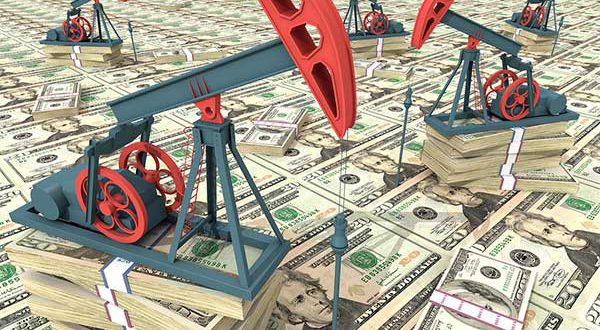Brent crude oil prices are expected to trend gradually higher. hitting an average of $80 per barrel ( bbl) by mid-2019 before gradually trending lower to an average of $71 bbl by end-2019. said Bank of America Merrill Lynch (BofAML) in a new report.
This amounts to approximately a $20 appreciation in crude oil from the end of last year to the peak in the outlook. added BofA Merrill Lynch Global Research report “Liquid Insight“.
However. a sustained oil price shock where crude oil prices remain at peak would be significant.
“Our model simulations indicate a permanent oil price shock to $80 bbl would shave roughly 0.2ppt to growth over the next eight quarters while a sustained shock to $100 bbl would cut roughly 0.5ppt. Also note the economic literature finds that large movements in oil prices could have negative nonlinear effects on growth as consumers may be slow to adjust to higher energy prices.“ the report said.
“However. given we are only forecasting a gradual rise in prices over the outlook. we do not expect a material slowdown in growth and maintain our current growth forecasts.“
The report said that the new outlook for oil prices will temporarily lift headline inflation. but have little to no effect on core inflation. which is expected to hit 1.9 per cent year-on-year (YoY) and 2.1 per cent YoY this year and next. respectively.
“Another reason we do not expect the rise in oil prices to materially impact our outlook is that the importance of oil shocks has diminished over time.“ the report said.
“In the past. changes in oil prices were a major source of economic fluctuation. For example. oil price shocks of the 1970s led to bouts of stagflation (i.e.. low growth. high unemployment. and high inflation). However. since the late 1990s. growth and inflation have remained relatively stable in the face of major oil shocks. We see several factors for this phenomenon.“
First. we now consume less energy goods than in the past. Consumption of gasoline. fuel oil and other energy goods as a share of total consumption has fallen from around 8 per cent before the 1970s to around 2.5 per cent today. limiting the effect of oil shocks. Second. the US produces more oil domestically. reducing our reliance on foreign production.
Production of crude petroleum and natural gas extraction has been surging since the mid-2000s. Therefore. a rise in oil prices today redirects more income between domestic consumers and producers rather than it did previously. cushioning some of the negative impact of an oil shock. Third. monetary policy credibility has improved over time.
Heightened risk
Higher oil prices are a key risk to the growth outlook. but at this stage. we maintain our view that growth will remain on target to hit 2.9 per cent this year and 2.4 per cent next year. Only a sustained pickup in oil prices is likely to weigh on the economy. which appears unlikely given our current forecast for oil prices.
Moreover. the likelihood that an oil shock will lead to recession appears low. Fiscal stimulus from tax cuts and the budget deal should buffer against any downturn. Moreover. structural changes to the economy should limit the impact. On inflation. the pass-through of oil shocks to core inflation appears fairly limited while headline inflation is likely to respond quickly. All this suggests the Fed should remain comfortable in its gradual hiking cycle and keep it on track to raise rates two more times this year.
 Iran Energy News Oil, Gas, Petrochemical and Energy Field Specialized Channel
Iran Energy News Oil, Gas, Petrochemical and Energy Field Specialized Channel




